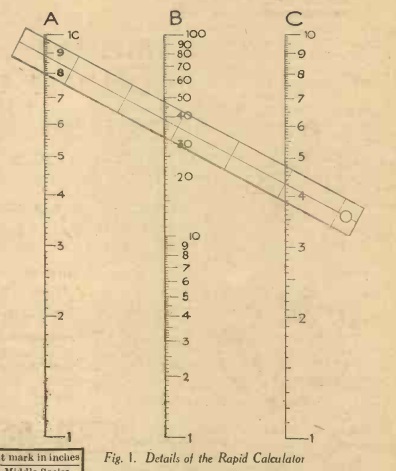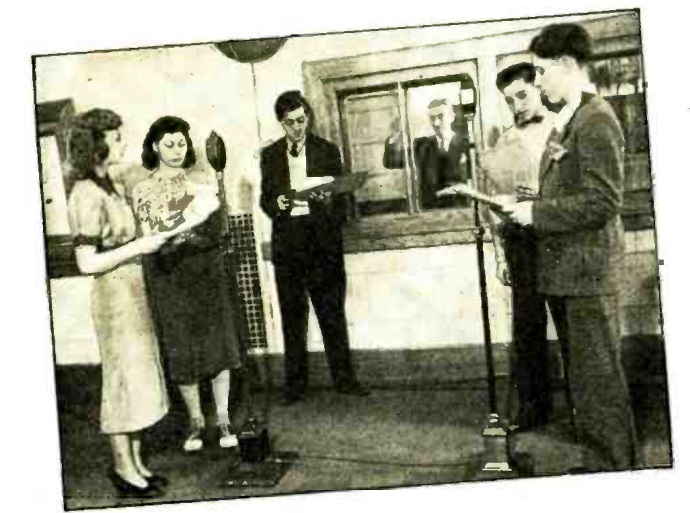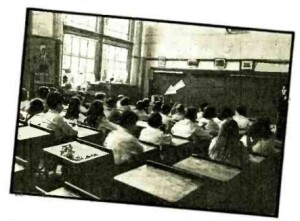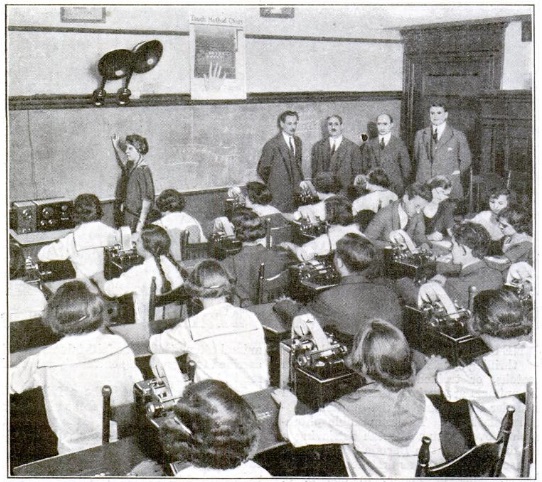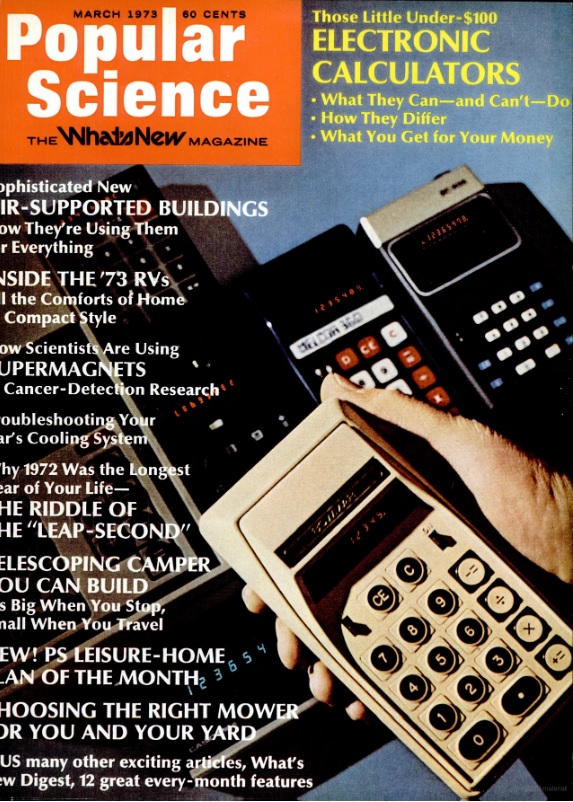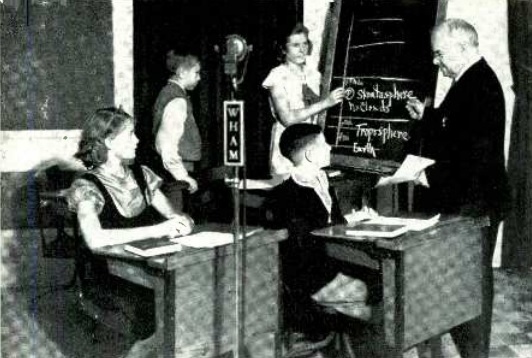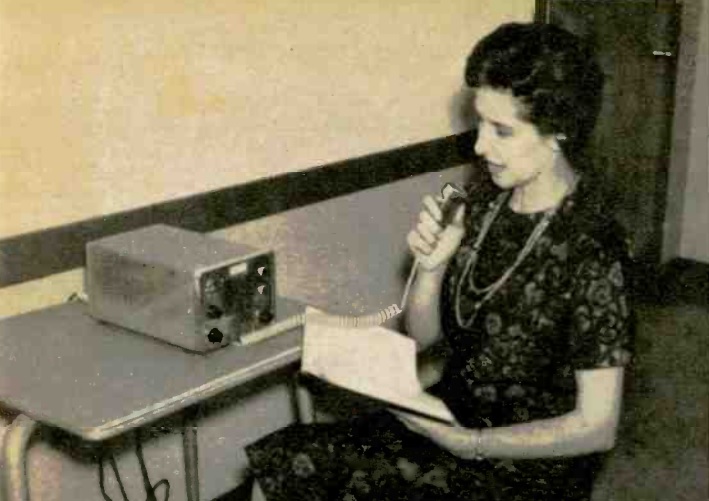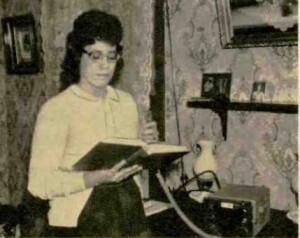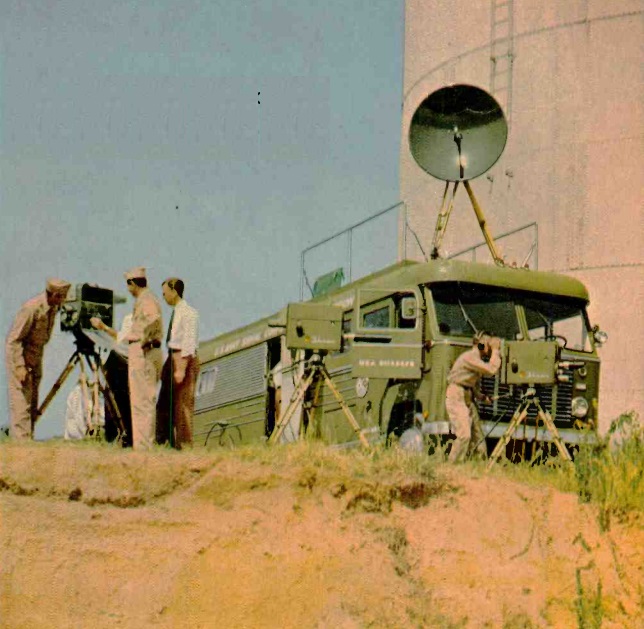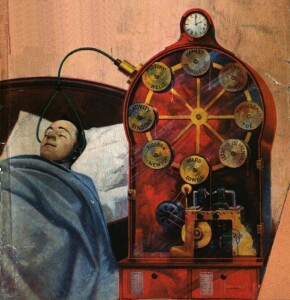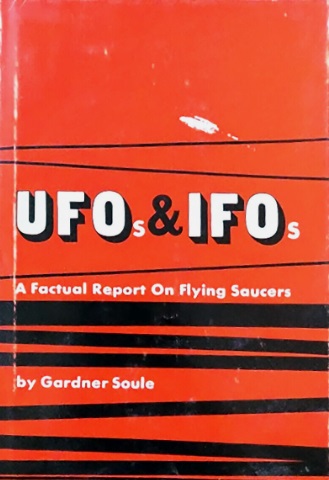 I recall checking out the book shown here, UFOs and IFOs: A Factual Report on Flying Saucers, by Gardner Soule, from the library in my elementary school. Looking at the reviews on Amazon, it looks like this particular tome made its way into a lot of elementary school libraries. In any event, it was a scholarly look at the UFO phenomenon, and since it was presumably vetted by the school librarian, it must have been real science.
I recall checking out the book shown here, UFOs and IFOs: A Factual Report on Flying Saucers, by Gardner Soule, from the library in my elementary school. Looking at the reviews on Amazon, it looks like this particular tome made its way into a lot of elementary school libraries. In any event, it was a scholarly look at the UFO phenomenon, and since it was presumably vetted by the school librarian, it must have been real science.
The author was a fairly prolific writer about topics that we might today call the paranormal. He specialized in cryptozoology, and according to Wikipedia, his most famous work was Maybe Monsters. (But in my opinion, UFOs and IFOs was the most popular.) He specialized in books for young readers, and his works appeared in Boys’ Life and Popular Science.

 The main thing I remember from this book, though, was his advice as to preparing for encountering a UFO. If you happened to be in a position to observe a UFO, then it was more or less an obligation that you would use the opportunity to gather data for use by the scientific community. I believe that one item he recommended that you carry with you at all times was a small compass, so that you could report back to the scientists any magnetic activity from the UFO. But the specific recommendation that I remember was that you carry with you at all times a diffraction grating. Armed with this, you would be able to determine the spectrum of light from the craft. Scientists would then be able to use this information to ascertain the materials used in the craft.
The main thing I remember from this book, though, was his advice as to preparing for encountering a UFO. If you happened to be in a position to observe a UFO, then it was more or less an obligation that you would use the opportunity to gather data for use by the scientific community. I believe that one item he recommended that you carry with you at all times was a small compass, so that you could report back to the scientists any magnetic activity from the UFO. But the specific recommendation that I remember was that you carry with you at all times a diffraction grating. Armed with this, you would be able to determine the spectrum of light from the craft. Scientists would then be able to use this information to ascertain the materials used in the craft.
I forget whether I took to carrying a compass with me, but I never did figure out how to get my hands on a diffraction grating for my everyday carry. Thankfully, kids (and adults) today have Amazon, and you can get everything at Amazon, including diffraction gratings.
If you see a UFO, and don’t have a diffraction grating in your pocket, you’re going to feel embarrassed, especially since we gave you this reminder. The scientists won’t be happy. Therefore, we recommend that you order one immediately:
Some links on this site are affiliate links, meaning that this site earns a small commission if you make a purchase after using the link.
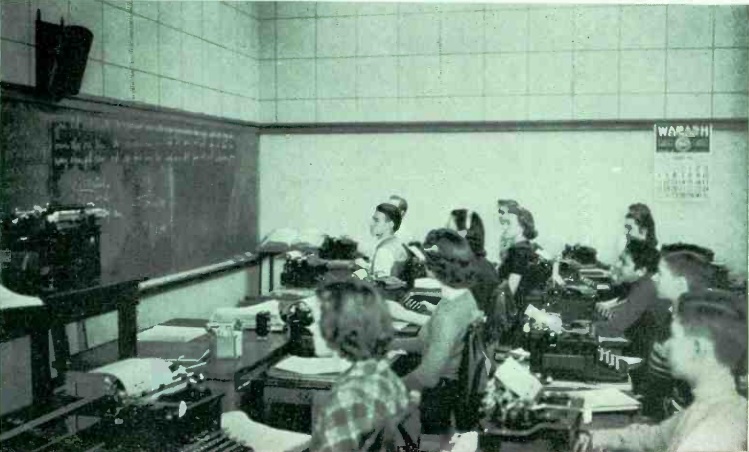 As shown here in the January 1939 issue of Radio Retailing, it looks like a few boys 85 years ago got the memo that the place to meet girls (and learn a useful skill) was to take typing class.
As shown here in the January 1939 issue of Radio Retailing, it looks like a few boys 85 years ago got the memo that the place to meet girls (and learn a useful skill) was to take typing class.
